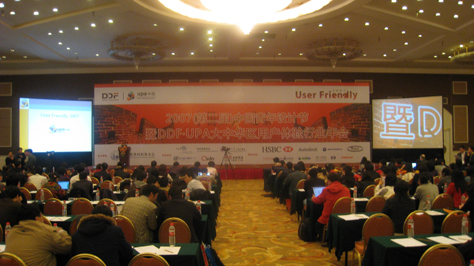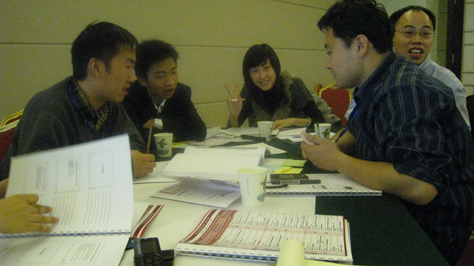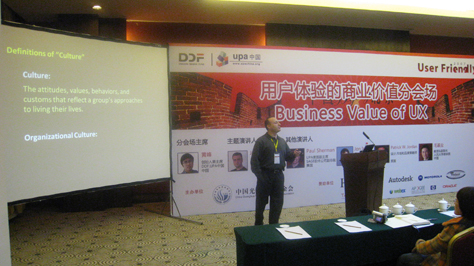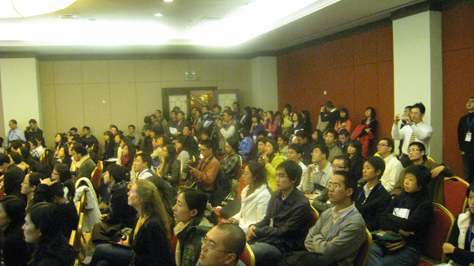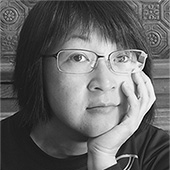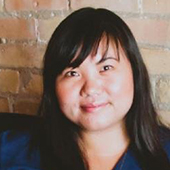
User Friendly 2007 conference attendees enjoyed a diverse range of topics. The official program shown in Figure 2 included sessions on the Business of UX, Telecom, Software/Web, Industrial Products, Usability of Public Services, and Education. Invited speakers![]() came from China and around the world.
came from China and around the world.
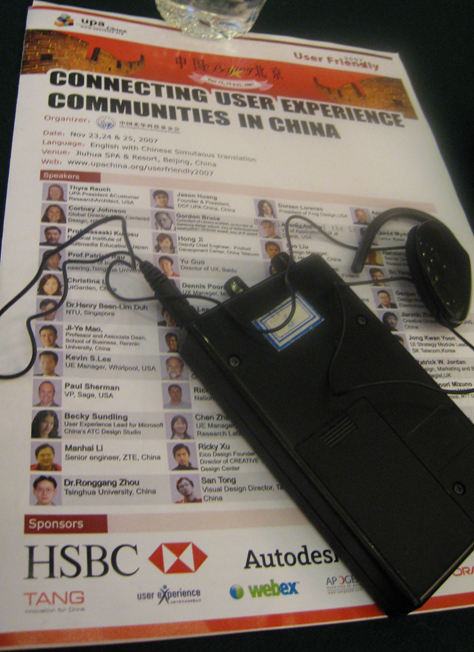
Attendees enjoyed the facilities of the Jiuhua Spa & Resort, which gave them an opportunity to relax, indulge in a traditional foot massage, and talk to people outside the conference environment. Shared meals—like that shown in Figure 3—were an important part of connecting with people at User Friendly.
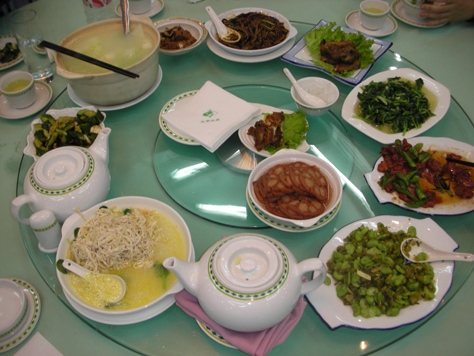
For those experiencing China for the first time, the setting offered a wide range of activities, including a visit to the Great Wall of China shown in Figure 4.
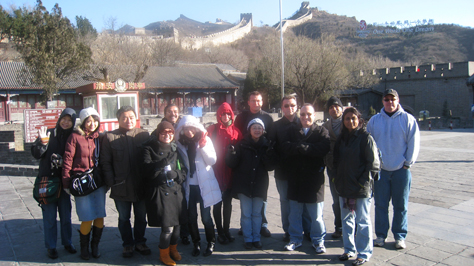
Early Days
It’s been exciting to watch the growth of the UX community in China, which first attracted international notice in 2004 when UPA China held its first conference. That conference was remarkable, because it took place only a few months after the first UPA China meeting—a mini-conference featuring talks on human factors and usability testing in China. As Whitney Quesenbery wrote in her report on the User Friendly 2004 conference, “It’s All Happening in China: A Report from User Friendly 2004,”![]() “One of the great things about this conference is that people who had never met before, who didn’t even know the others existed, could share experiences and knowledge.”
“One of the great things about this conference is that people who had never met before, who didn’t even know the others existed, could share experiences and knowledge.”
It has been encouraging to see the same passion and excitement for the field exists in 2008, with people now looking at how to further refine and mature their skill sets as topics like Usability, User Experience, and Design are getting the attention of companies in China.
User Friendly 2005–2006
In 2005, User Friendly was held in the modern and ever-changing city of Shanghai. In his review of the conference, “A Glimpse of China’s Future at User Friendly 2005,” Robert Barlow-Busch wrote, “Shanghai is reportedly one of the world’s top five most populous cities—and is developing so rapidly that locals sometimes find its changing landscape disorienting. After participating in UF2005, I’m left with the impression that the design and usability professions in China are developing at a similar rate.”
User Friendly 2006 brought over 500 people together, with the conference expanding from two to three days. In addition to the talks and tutorials by invited speakers, the third day added roundtable events, giving participants time to cover topics in more depth and ask speakers questions in a more intimate setting. More companies than ever had representatives at User Friendly 2006, with first-time attendees representing Philips, Yahoo!, eBay Korea, HP, LG, Hitachi, Cathay Pacific, Lenovo, and GE Health Care.
